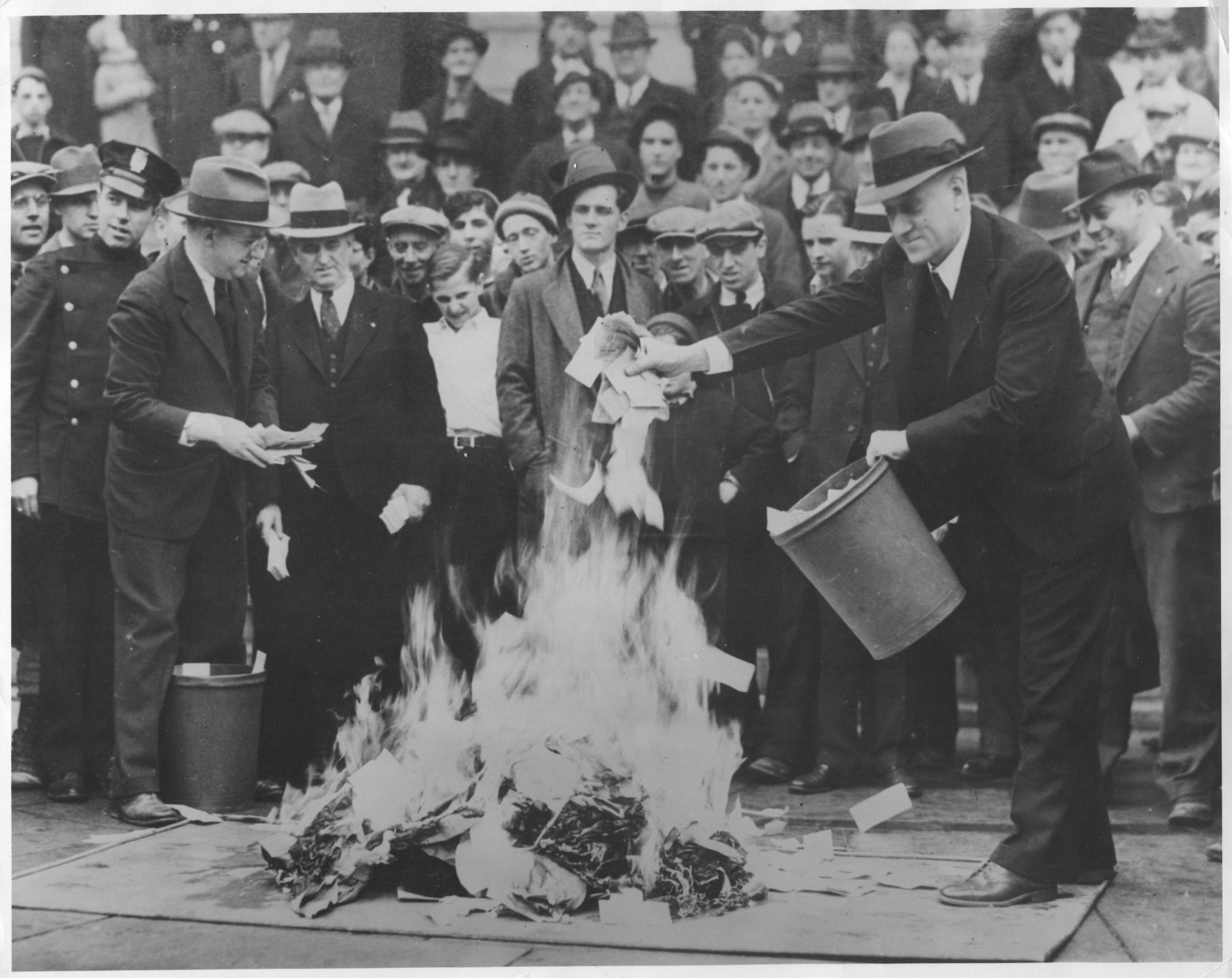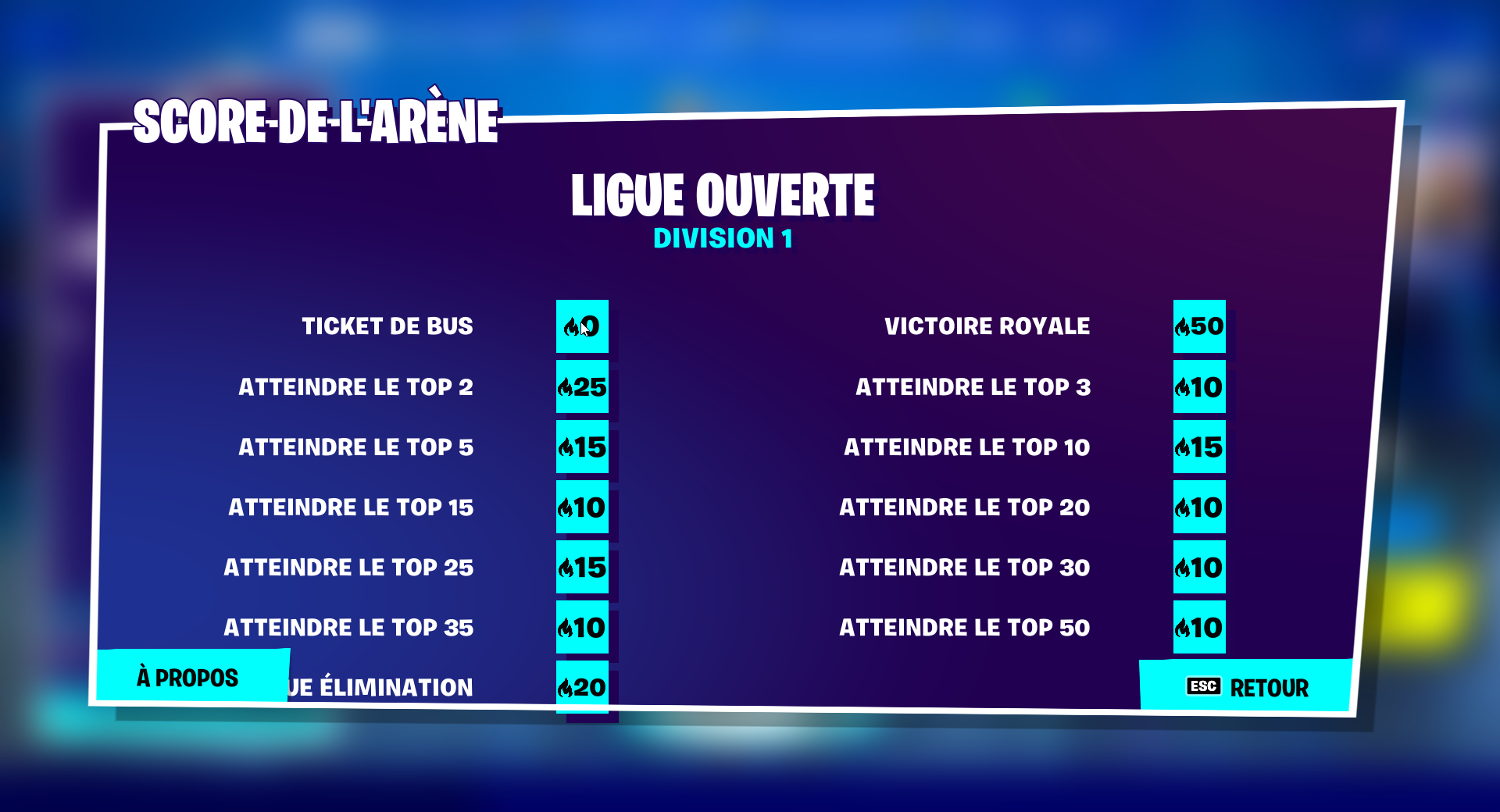Money to burn system chapter 1 – In the captivating world of “Money to Burn” Chapter 1, the introduction of a unique system ignites a whirlwind of possibilities and challenges. As characters navigate this enigmatic realm, we delve into the intricacies of the “Money to Burn” system, unraveling its impact on their motivations, relationships, and the very fabric of the narrative.
Through vivid examples and insightful analysis, we embark on a journey to understand the mechanics of this system, its limitations, and its profound influence on the characters’ actions and destinies.
System Overview

The “Money to Burn” system is a magical currency system that operates within the confines of the fictional world created in Chapter 1. It revolves around the concept of imbuing physical objects with monetary value, effectively transforming them into a form of currency.
This system allows individuals to create money by enchanting mundane items with a specific spell, granting them a monetary value. The value of the enchanted object is determined by the amount of magical energy infused into it, with more energy resulting in a higher monetary value.
Enchantment Process
The enchantment process requires the user to possess the ability to manipulate magical energy. By channeling their energy into an object, they can transform it into a “Money to Burn” item. The process is relatively simple, requiring the user to hold the object in their hand and recite an incantation while visualizing the desired monetary value.
The Money to Burn System Chapter 1 had us on the edge of our seats, but we couldn’t help but take a quick break to catch up on the latest One Punch-Man Chapter 196 . Saitama’s fight against Garou was epic, and we can’t wait to see how it all plays out.
But back to the Money to Burn System Chapter 1, we’re still reeling from that cliffhanger ending. What will happen to our protagonist next?
Usage, Money to burn system chapter 1
Money to Burn items can be used in transactions just like regular currency. They can be exchanged for goods and services, and even used to pay taxes and other obligations. The system provides a convenient and flexible way to conduct financial transactions, as it eliminates the need for physical currency.
Limitations and Drawbacks
Despite its convenience, the Money to Burn system also has certain limitations and drawbacks. Firstly, the creation of Money to Burn items is limited by the user’s magical abilities. Individuals with weaker magical abilities can only create items with lower monetary value.
Secondly, the system is vulnerable to counterfeiting. Skilled individuals can potentially create fake Money to Burn items, which can lead to financial losses for unsuspecting individuals. Additionally, the system requires a constant supply of magical energy to maintain the value of the enchanted items. If the energy supply is disrupted, the Money to Burn items can lose their value, leading to economic instability.
The ‘money to burn’ system in chapter 1 opens up a world of possibilities for the protagonist, allowing them to indulge in lavish spending sprees. But just as the excitement of the initial purchases fades, the consequences of their actions begin to rear their ugly head.
Like the protagonist in blue lock chapter 113 , who faces the harsh reality of his own recklessness, the protagonist in ‘money to burn’ must confront the consequences of their extravagant lifestyle.
Impact on Character Motivation

The “Money to Burn” system exerts a profound influence on the motivations and actions of the characters. It creates a constant struggle for survival and dominance, driving them to make difficult choices and engage in intense conflicts.
Creating Opportunities for Conflict
The system pits characters against each other, forcing them to compete for resources and power. This competition often leads to tension, mistrust, and betrayal. Characters must constantly weigh their own needs against the potential consequences of their actions, leading to moral dilemmas and ethical conflicts.
Shaping Relationships
The system also affects the relationships between characters. Friendships and alliances can be tested as characters are forced to make decisions that benefit themselves at the expense of others. Loyalty becomes a precious commodity, and trust is often hard to come by. Characters must learn to navigate the complexities of the system and balance their own desires with the needs of those around them.
The adrenaline rush of the money to burn system chapter 1 had me on the edge of my seat, but when I stumbled upon leveling with the gods chapter 96 , it was like my literary horizons had expanded tenfold.
I’d never experienced such a profound blend of action, intrigue, and spiritual enlightenment before. The money to burn system chapter 1 had been a great start, but this was on a whole other level.
Themes and Symbolism

The “Money to Burn” system in Chapter 1 introduces a host of themes and symbols that permeate the narrative. The system’s very existence reflects the characters’ distorted values and beliefs, while its metaphorical significance extends to the broader themes of the story.
The Illusion of Wealth
The Money to Burn system creates an illusion of wealth, allowing characters to spend lavishly without regard for the consequences. This reflects the characters’ belief that money can buy happiness and status, despite the emptiness and moral decay it ultimately leads to.
The Corruption of Power
The system also symbolizes the corrupting power of money. As characters indulge in their newfound wealth, they become increasingly selfish and ruthless, sacrificing their morals and relationships for personal gain.
The Destruction of Society
Ultimately, the Money to Burn system serves as a metaphor for the destructive effects of unchecked capitalism and consumerism. The characters’ reckless spending leads to societal decay, environmental degradation, and the erosion of human values.
Narrative Structure and Pacing

The “Money to Burn” system is a pivotal aspect of Chapter 1, influencing the narrative structure and pacing. It introduces an element of suspense and urgency that propels the plot forward.
Suspense and Plot Progression
- The system forces characters to make decisions under intense time constraints, creating a sense of urgency and tension.
- The constant threat of losing money drives the characters to take risks and make bold choices, escalating the stakes and intensifying the plot.
- The unpredictable nature of the system creates uncertainty, keeping readers on the edge of their seats as they anticipate the consequences of each character’s actions.
Reader Engagement and Immersion
The “Money to Burn” system enhances reader engagement by:
- Creating a sense of immediacy and urgency, making readers feel invested in the characters’ decisions.
- Forcing readers to confront moral dilemmas and consider the consequences of different choices, increasing their emotional connection to the story.
- Introducing an element of unpredictability, keeping readers guessing and eagerly anticipating the next twist in the plot.
Closing Notes: Money To Burn System Chapter 1

In Chapter 1 of “Money to Burn,” the introduction of the titular system sets the stage for a captivating exploration of wealth, power, and the human condition. Through the lens of this unique mechanism, we witness the characters’ motivations shift, tensions rise, and relationships evolve. As the narrative unfolds, the “Money to Burn” system serves as a catalyst for both personal growth and profound moral dilemmas, leaving readers eager to delve deeper into this enigmatic world.